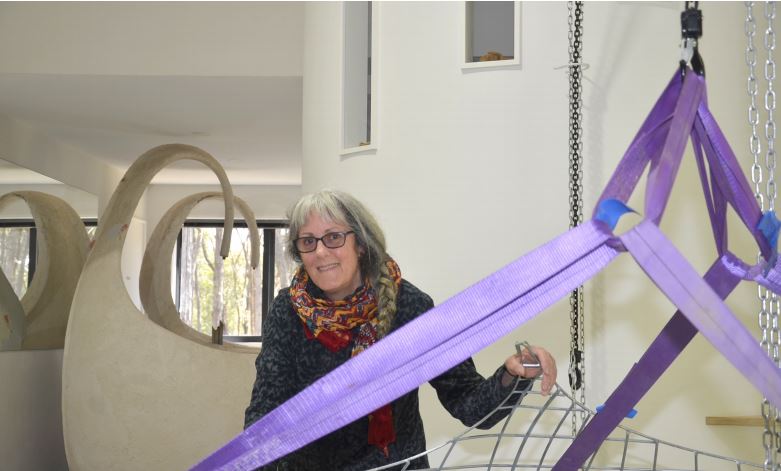March 25th, 2022Get the facts on stubble management
As sowing time fast approaches, Victorian grain growers are planning their paddock preparation options – in particular those with heavy stubble loads following on from large crops.
Agriculture Victoria Grains South West Manager Adam Buzza said there is now less burning, less soil cultivation and increased retention of crop stubble. This trend has been driven by the need to maximise water use and protect soils from erosion.
“Areas where stubble is burnt represent a minority of the total Victorian crop. Most farmers will only burn stubble when absolutely necessary, having considered all available options and the potential implications of burning.
“To help growers and the broader community understand the options farmers have for preparing paddocks for sowing, we have prepared a handy factsheet on stubble management.
“For the vast majority of Victoria’s cropped paddocks, stubble is left in the paddock to protect soils from erosion and maximise the next crop’s water use. Other benefits of retaining stubble includes better soil health, less fuel and labour costs and easier harvesting.
“Burning is often used as a last resort to manage heavy stubble loads to enable easier sowing and crop establishment and control weeds and pests.”
The factsheet covers topics including:
• Alternatives to burning heavy stubble
• Disadvantages of burning
• Stubble retention trends in Victoria
• Benefits of retaining stubble
• Strategic removal of stubble
• Timing and temperature of burning
• Effects of burning on soil nutrients and soil carbon
• Protection of native vegetation.
To access the factsheet, go to: https://go.vic.gov.au/X5uPDW
If you would like to talk over your stubble management issues, contact your local agronomist or call 136 186 to be put in contact with an Agriculture Victoria officer.










